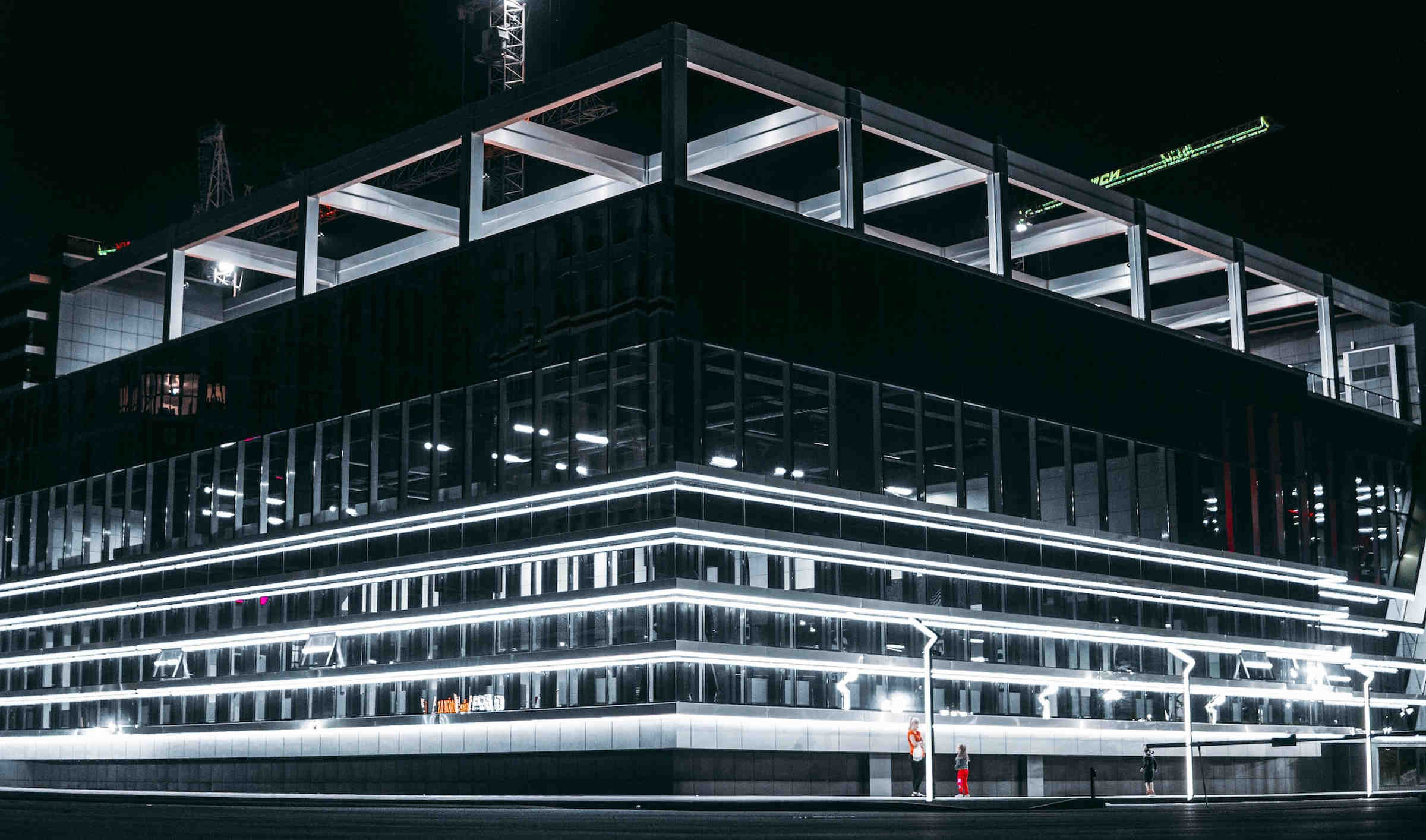There is no question that green IT is on the rise. The idea of sustainability is becoming more and more prevalent, especially in energy-hungry data centers in view of high energy prices and the climate crisis. This is also reflected in data center trends in Germany 2023.

According to the server experts at Prior1, the development of the data center landscape in Germany in 2023 will be characterized by five major trends: Sustainability, symbiosis concepts, hybrid models, de-centralization and further growth of hyperscalers.
Data centers are indispensable in the digitized economy and society. The number of data centers is increasing rapidly. According to estimates by the industry association Bitkom, sales of data center services in Germany will rise to a total of EUR 12.9 billion by 2025. This corresponds to an average annual growth rate of 9.6%. Growth will be shaped by these five trends
Focus on sustainability prevails
The sustainability of data centers will become increasingly important in the coming years. This trend is impacting both technology and facility management. In addition to energy efficiency measures, the focus is increasingly on refrigerants and waste heat recovery. The issue is being driven forward, among other things, by the German government’s General Administrative Order, which applies to all federal agencies and stipulates that in future only air-conditioning systems that use natural refrigerants should be used.
Waste heat from data centers interesting for other uses
For companies, the issue is highly relevant not only for environmental protection but also for investment protection reasons. This is because the EU’s F-Gas Regulation is making artificial refrigerants increasingly difficult to obtain and also increasingly expensive. The topic of waste heat utilization poses an immense challenge. At an average of 35 °C, the waste heat from air-cooled data centers is too low for most heating applications and would not be sufficient for feeding into conventional heating networks, for example. However, a major advantage of waste heat from data centers is its continuous availability, combined with low seasonal fluctuations in utilization.
